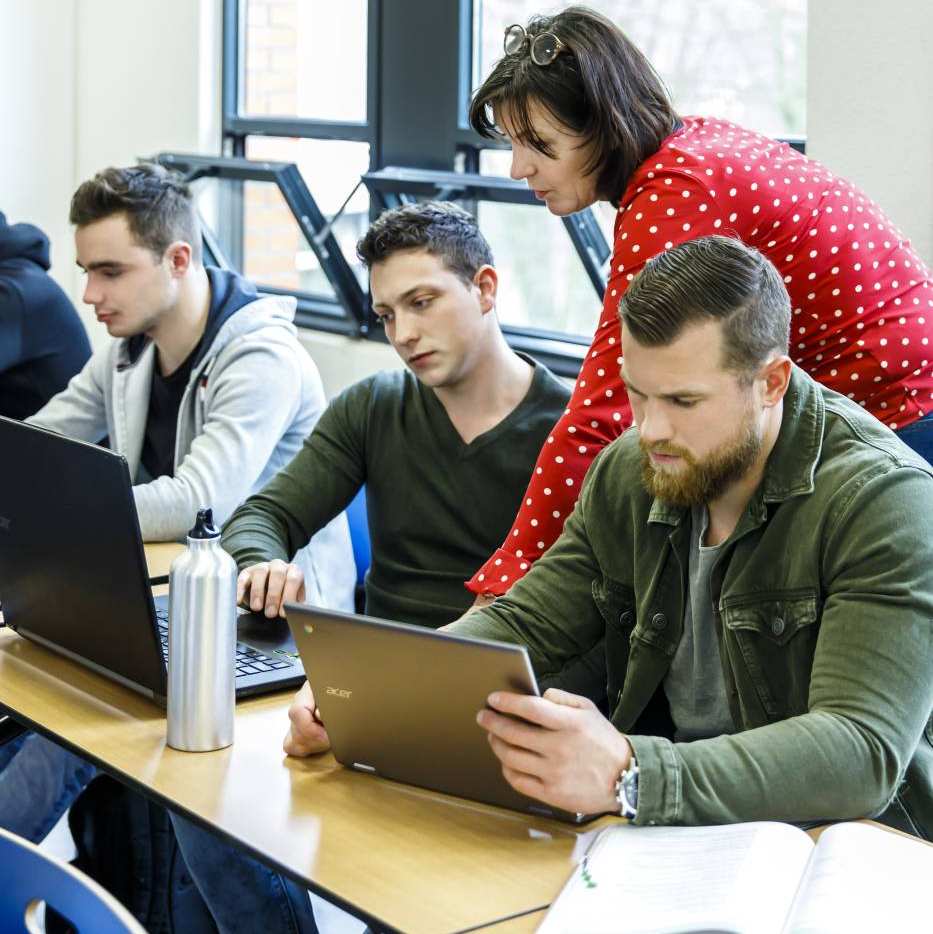Interaction Between Human, Plant and Micro-organism
Learn about plant microbiology and immunology. How plants respond to various signals. How plants become resistant to antibodies. Histology continues to fascinate. From cell culture practicals to human biology and everything in between. You get it all, here.

The program in a nutshell
Your classes and workshops take place Monday through Friday. And you learn in the classroom. the laboratory. And at workshops and seminars.
You start with the basics: research planning and reporting. Then move on to studying plants and microbiology. Histology and cell culture practicals. Finally, you tie together what you learn with immunology and human biology. Microbiology and plant biology.
Your final assignment is to plan and conduct a research project. You write a full report about it. And present your findings in a professional presentation.

Program details
Learning outcomes
By the end of Interaction Between Human, Plant and Micro-organism you can:
- analyze plant biology and microbiology
- determine immunology and human biology
- discover the biodiscovery chain
- understand the interactions between:
- plant biology and human biology
- microbiology and immunology - write a clear research plan and report
- collaborate in multidisciplinary teams

Competences
You strengthen these competence areas during the program:
- Writing research reports
- Presentation skills
- Collaboration
- Research planning

Dutch way of learning
The atmosphere in a Dutch classroom is quite informal and your lecturers are easy to talk to. In fact, at HAN you’re seen as a partner in the learning process. Class sizes are small and your lecturers encourage you to actively participate in class. To ask questions and give your own opinion. They also stimulate you to be creative and to discover things for yourself.

HAN International Intro
Get a good start to your studies during this week of orientation:
- learn about living in the Netherlands
- become familiar with the campus
- get on board with your exchange program
- make new friends!

What about credits and grading?
At HAN we use the European Credit Transfer and Accumulation System, or ECTS. It’s the standard credit system used in higher education across Europe. How does it work? One credit = 28 hours of study. Think of contact hours. Time spent working on assignments. Preparing for exams.
One semester = 30 credits = 840 hours of study. To earn credits, you need to pass your exams. What counts as a pass? A grade of at least 5.5.

Admission
What are the admission requirements? And how do I apply?
